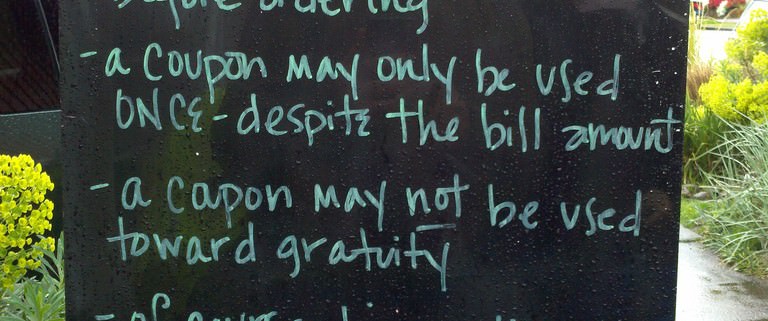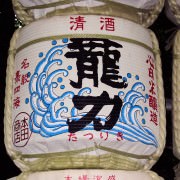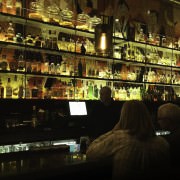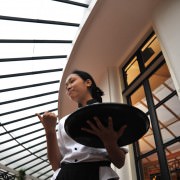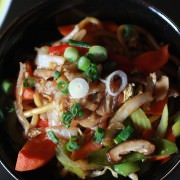Want to Use Discounts in Your Restaurant?
Popular discounting methods such as offering coupons, putting your bar on Groupon or Living Social, or taking part in an annual coupon book can seem like a great way to get more customers in the door and increase sales, but frequently lowered prices just serve to lower the value of your restaurant in your community. Here’s the main reason why you might want to think twice about discounting your drinks or food–as well as an idea that’ll help you think of something else you can do.
You don’t want to discount indiscriminately because it brings in the wrong crowd.
Sometimes discounting your prices helps introduce your products to new customers who become your undying regulars for life. Sometimes your cheaper prices just bring in cheaper customers. These customers are the ones who create problems for you and your wait staff. They order so little that your coupons cover their whole tab, and then they only tip on the discounted price instead of the full price, which makes your servers and bartenders angry… which decreases the level of customer service they can effectively provide for everyone else that night.
These low price seekers may also have low expectations for your restaurant, figuring that since you discounted your prices you must not have enough business—and that therefore you’re not that great. With low expectations they’ll be more likely to give your restaurant a bad rating on Yelp or Google, and the backlash from that can get pretty bad. Plus, when people get a discounted price, they’ll expect that price every time and they won’t return unless you offer another discount or coupon.
It’s a vicious cycle.
A better idea is to try out marginal pricing.
Marginal pricing enables you to lower your prices to tempt customers into your restaurant, but still ensure that you make a profit. To determine your optimal marginal price for an item that you want to discount, you need to follow these three steps:
1. Determine your cost
This step is truly the hardest out of the three, because you need to know exactly how much it costs for you to offer each item you want to discount. Plus, what makes it harder is that you have to remember to include your labor costs and overhead into that number. This step takes work, but once you have the numbers crunched, you’ll know the absolute base minimum you need to charge so that you don’t lose money on your discounted item. Hopefully, you already know your food costs, liquor costs and your pour costs and you’ve been charging accordingly, but if you haven’t been doing that, you’ll want to read this article.
Once you have that number, add ten percent. This will cover all the extra stuff that you didn’t think of earlier. For example, if you decide that your lowest possible cost is $1.00 and then you add 10%, you’re looking at $1.10 for your lowest adjusted cost on that item.
2. Write down your regular cost
This will be your easiest step. Whatever you normally charge for your drink, that’s the number you should write down.
3. Find a number that’s somewhere in between the two numbers–that will be your marginal price.
Only you can truly determine what your best marginal price is, but I offer you a few tips to help guide you toward the best decision:
- Determine what kind of discount you plan to offer before figuring out your price. A two-for-one deal on a marginal price must earn you a profit (no matter how small) on both drinks sold. If your minimum adjusted cost is $1.10, and your regular price is $5.00, your marginal price per drink would equal $2.50. That earns you an itty-bitty profit, but at least it’s a profit.
- Make sure that you don’t discount a high sales item just to bring in customers. If you’ve already been earning high-ticket prices on one of your dishes, don’t discount it. The point of offering discounts is to get a little extra money. If you discount an item that people are already likely to purchase at full price, all you’re doing is losing the money that you would have made.
Do you have any stories to share about discounting at your restaurant? Add your good or bad discount experience to the comments section below.
Photo licensed by Tomas Quinones
- Why Your Wine Menu Is Scaring Your Guests - February 27, 2015
- How to Host a Better Restaurant Week and Get More Customers - February 23, 2015
- Choosing Your Restaurant Wine Glass – 3 Approaches - February 16, 2015

